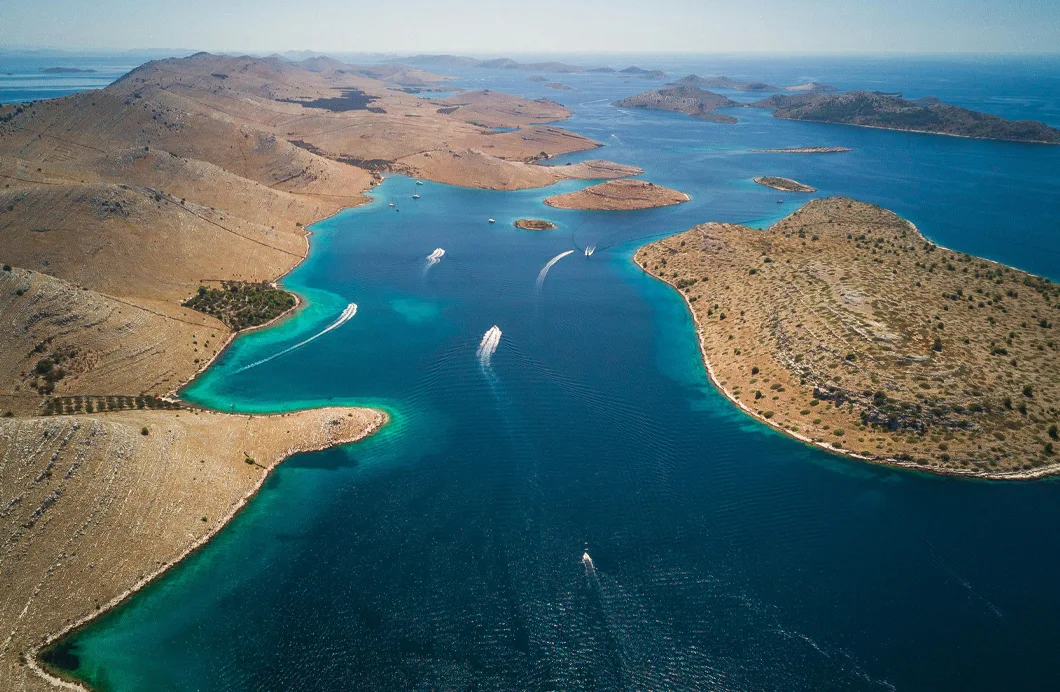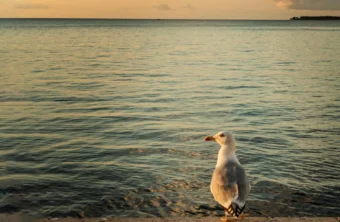Mar
Hake longline: frequently asked questions (answered by experts)
1. Longline for hake– what is the optimal length?
Hake longline: frequently asked questions (answered by experts) so let's start from the beginning. In our offer we have ready-made mole longline of 30, 50 and 100 hooks, with a large selection of hook sizes.
The optimal length depends on the location and depth:
- 50-100 hooks – enough for sport fishing (according to the law)
- 100-300 meters – ideal for covering a larger area
- For the deeper sea (50+ m) we recommend longer longlines
Expert tip: "Start with 50 hooks until you master the technique, then gradually increase."

2. How to choose the best material (nylon vs. rope)?
| Characteristics | Nylon | Rope |
|---|---|---|
| Visibility | Short | Medium |
| Durability | Medium | Tall |
| Price | affordable | High |
| application | shallow sea | deep sea |
Fisheries advise: "For piers at 30-50m depth – nylon, for over 50m – rope."
3. How long should I leave the longline for hake in the sea?
- Optimal: 4-6 hours
- Optimal: 4-6 hours
- Maximum: 12 hours (night hunting)
Fisherman's experience: "Check every 60-90 minutes to see if the fish are active."
4. What are the best longline hooks for hake?
Size recommendations:
- Size 4-6 (standard)
- Size 2-3 for smaller specimens
- Stainless steel required
The manufacturer recommends: "We have been using hooks for our lines for many years Mustad.”

5. How to avoid entanglement of longlines?
5 key rules:
- Use quality buckets
- Keep a constant tension when laying the longline
- Avoid strong winds
- Maintain equipment regularly
- Use fishing marker buoy to mark your hunting position
Tech Tip: “Plastic bucket dividers reduce tangling by 70%.”
6. Is it better to hunt during the day or at night?
Catch statistics:
- At night: 68% success
- At dusk/dawn: 25%
- By day: 7%
Biological explanation: "The hake is a nocturnal predator that climbs into shallower layers between 10 p.m. and 4 a.m."
7. What is the best bait for hake?
Top 3 choices:
- fresh sardines (85% )
- Squid (70%)
- Octopus (65%)
Fishing tip: "For best results, bait should be refreshed every 2 hours."
8. How to read sonar for optimal placement?
Key indicators:
- Flock density: Dense columns = good location
- Depth: 30-80m ideal
- Temperature: Above 15°C
Sonar expert: "Look for thermoclines - moles often linger at these boundaries."
9. How often should you change hooks and leaders?
Shelf life:
- Hooks: 5-10 hunts
- Pre-contraction: 3-6 months
- Basic: 1-2 years
Equipment maintenance: "Check the sharpness of the hook every time before casting. After use, clean the longline of dirt and wash it in fresh water."
10. What are the legal regulations?
Važno znati:
✔ Allowed 100 Hooks per longline
✔ Obligatory fishing license
✖ Zabranjeno night-time fishing in certain areas
Legal Tip: "Always check local regulations before fishing."
Seasonal activity of hake(Umbrina cirrosa) in Croatian waters
| Seasone | Activity | Optimal depth | Recommended baits | Note |
|---|---|---|---|---|
| Spring
(March-May) (March-May) | Medium (the fish wakes up) | 30-50 m | Fresh sardines, squid | Start of the season, fish in shallow waters |
| Summer (June-August) | Very high (best period) | 40-70 m | Octopus, muscatel | Night hunting is most effective, fish on the thermocline |
| Fall (September-November) | High (preparation for winter) | 50-80 m | Squid, fresh hake | The fish goes deeper, a heavier lead is needed |
| Winter (December-February) | Low (slower metabolism) | 60-100+ m | Larger baits (octopus) | Hunting only on warmer days, longer waits |
Key notes:
- Best period: June – September (sea temp. 18-24°C)
- Nighttime activity: increased between 10pm and 4am
- Moonlight Effect: Less success during a full moon
- Local variations: in the southern Adriatic, the season is extended until October
Professional tip:
“In autumn and winter, use 20% heavier lead than in summer to ensure the stability of the longline in stronger currents.”
Conclusion: How to become a longline master?
The key to success is patience, proper equipment and continuous learning. Start with the basics, follow these tips and you'll gradually get better. Find a large selection of fishing accessories in our online store!


